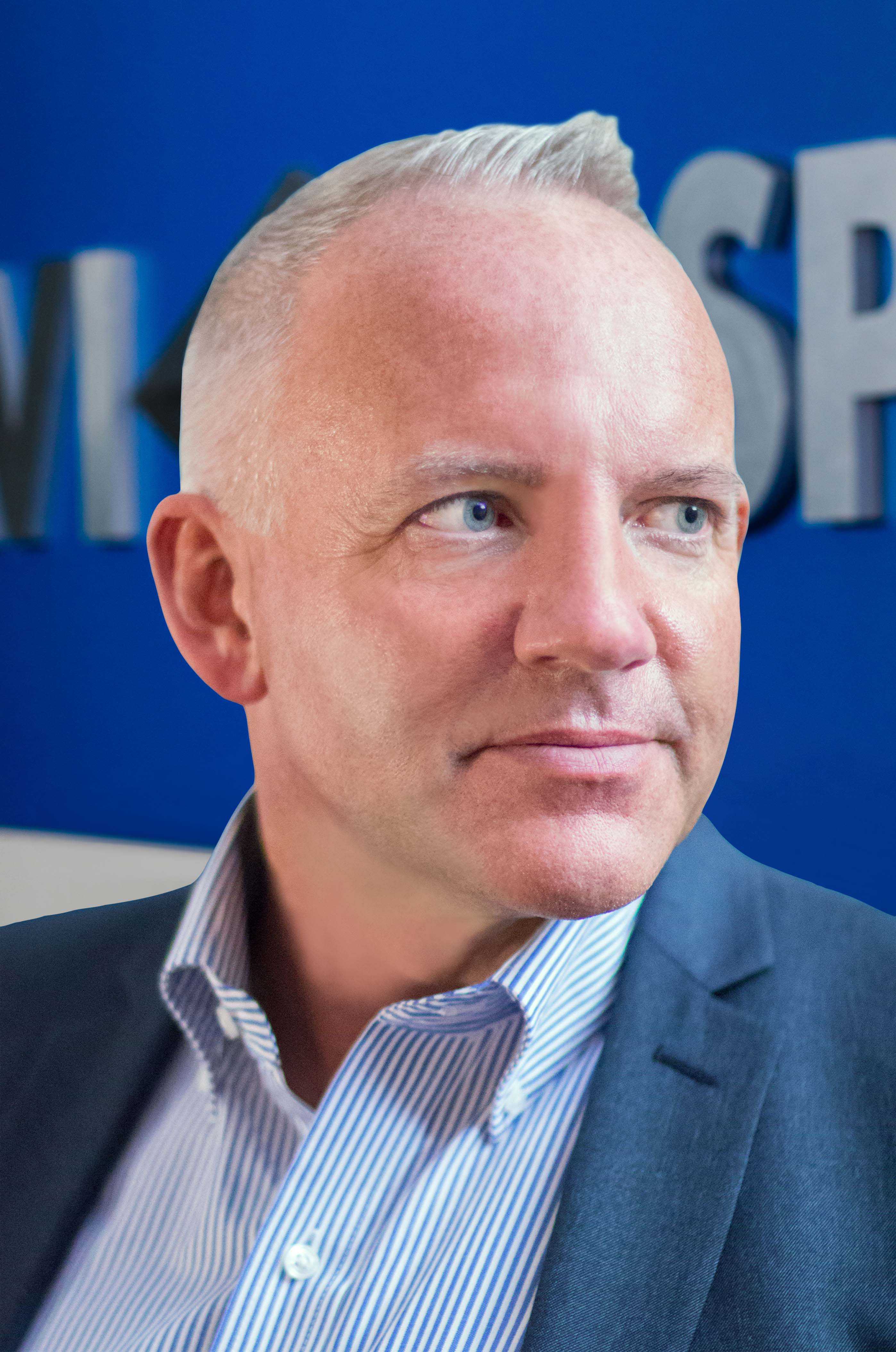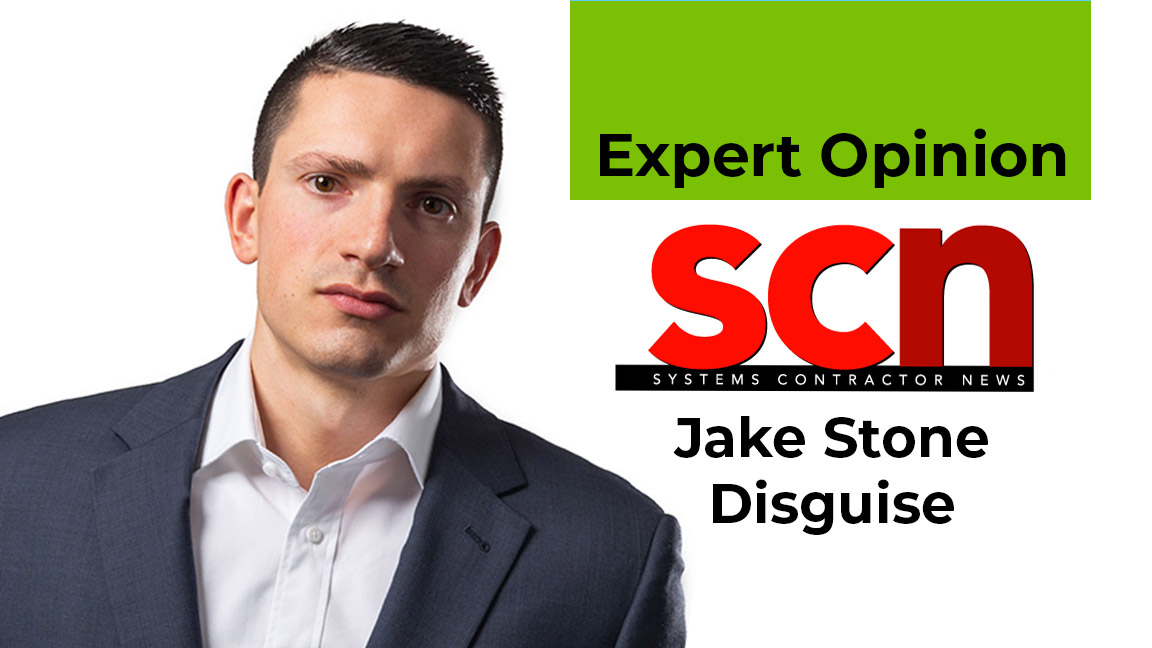The Product is Dead, Long Live the Platform
When Mark Twain penned his historical fiction “The Prince and the Pauper” in 1881, he famously popularized the phrase “The King is Dead, Long Live the King.” This royal proclamation not only declares the death of a ruler, it provides authority and reassurance that the monarchy lives on through its rightful successor. I hereby proclaim that in the realm of AV, “The Product is Dead, Long Live the Platform.”
For decades the AV industry has been driven by incredible feats of innovation, engineering, beautiful science and wondrous artistry. We have witnessed the rise of the product barons, each investing in proprietary technologies that have dictated the design principles for most of the AV that is deployed around the world. AV integrators and resellers flock like loyal subjects at a medieval banquet to InfoComm in the summer and ISE in the European winter to feast upon the latest product releases, desperately seeking new features and benefits that will persuade customers to spend more money. The manufacturers are all too aware that product life cycles are counted in months—not years—and they have to win hearts and minds to sell hard and sell quickly.
Products have ruled supreme and manufacturers have led the AV industry to growth and prosperity, but just as the great monarchies of Europe had to transform and reform to avoid being overthrown by the people, now is the time for the great barons of our industry to welcome their new king: The Platform.
But what is this “platform” of which you speak? Well, just like the IT and telecoms industries before us, which similarly were driven by products in the 80s and 90s, there comes a time of mass market adoption, when open standards, simplicity, forwards and backwards compatibility, interoperability, lifecycle management, and total cost of ownership drive the decision making process, not the features and benefits of specific products. Of course, products are still important, but they tend to come and go; what matters is that they co-exist in a platform ecosystem, a long term investment made by customers, which will drive technology strategies for years ahead. The two best examples of technology platforms within the enterprise are Cisco and Microsoft, love them or hate them, every major organization will have a strategy for how these platforms drive core business processes and services; all other products need to demonstrate how they “fit in” with those platforms—open standards, interoperability, and compatibility become the most powerful feature set for products now.
I learned all about this in the mid-90s when I rather ambitiously volunteered to run Dell’s laptop business in the UK. Having previously pulled out of selling these products after some “heat issues” with a Taiwanese OEM, Dell hired the father of the Apple PowerBook, John Medica, to re-invent the story. With one product, zero market share, and a poor reputation for quality, our task was simple, take on the might of Toshiba, Compaq, and IBM, and within five years, become the No. 1 brand. Medica realized that fighting the FAB (features and benefits) war was a game for losers; instead he created a platform, the Dell Latitude. Rather than competing for who had the largest, brightest display, the fastest CD ROM or multiple PC card slots, we promised customers a five year mobility platform where the core chipset would not change, the docking stations were forwards compatible, the batteries could be hot swapped, software could be loaded at the factory, and revisions managed remotely. It was a dull, repetitive message, all whilst our competitors were popping champagne corks and party streamers to celebrate their latest shiny things. It was dull, but it worked. One after one, customers frustrated by our competitors chopping and changing, lack of consistency and reliability swapped over to Latitude, and once they were on the platform, they did not leave. In just over three years, Dell was the No.1 laptop brand for business customers, and to this day, the Latitude “mobility” platform is alive and kicking.
So what can AV product makers do if this shift to platforms is upon us? Here is a five point checklist as a starting point:
1. Proprietary technology used to ensure product differentiation and competitive advantage, now it is a barrier to mass-market adoption and interoperability. Where possible, adopt open industry standards, and yes that means IT standards too.
A daily selection of the top stories for AV integrators, resellers and consultants. Sign up below.
2. Complexity used to result in higher sales revenues and margins—now it is a byword for avoidance. If you can get one box to deliver the functions of ten previous boxes, make it happen fast. Simplicity trumps beautiful science every time.
3. Plan for forwards and backwards compatibility. Platforms should have a minimum of a seven year lifecycle. Plan for your product set to share a core component set and adopt interfaces and peripherals that will be a constant for a long time.
4. A platform is an ecosystem in its own right, but it also has to integrate with other ecosystems too. Remember that Cisco and Microsoft are ever present in the enterprise, so you will need to show how your platform coexists seamlessly. Also develop an open API environment, so your platform can talk and share data without massive development costs.
5. Retool your sales and marketing programs. Whereas customers purchase products, they invest in platforms. You will need to redefine your value propositions to address the jobs customers are trying to get done and how you relieve their pains and help them achieve gains. Your sales team and your partner channel will need to transition from product shifting to platform solution selling.
The AV Integrator’s Platform
Integrators and resellers also have a lot of work to do. There is absolutely no point moaning about how product margins have declined and how difficult it is to make a living; commoditization and margin erosion are the most common symptoms that the old ruler is ready is shift his mortal coil. Instead, plan for the riches that will come when the platform comes to power. Here are five things to get excited about:
1. When a customer has a shopping list of component parts, it’s pretty easy to buy from the bargain basement. When he is investing in a platform, he will work with a partner who understands the technology, and those who can provide best advice and support. You want to make sure that you are one of those partners in the game. You can live with lower percentage margins when it all adds up to a big heap of cash over a very long time.
2. A platform is an ecosystem and like any living, breathing thing, it needs constant feeding and lifestyle maintenance. Start developing the long tail of revenues that provide advice, implementation, operational management, training, and support around the platform.
3. Platforms need to integrate and interoperate with other stuff. “Some of this stuff you will not do, i.e. Microsoft and Cisco, but you still need some smart people that know how to make it work. Invest in more smart people, they are not only valuable, they are highly billable.
4. Reduce the number of product vendors you deal with. You have to make some bets and consolidate your designs and purchasing with fewer vendors that help you drive less complexity. This will drive down your transaction costs as well as your long term support costs.
- 5. Focus on acquiring and developing customers rather than winning projects. Selling and supporting platforms is a long-term strategy, start to calculate your profitability by lifetime customer value rather than project return. You also need to invest in training your sales and engineering teams to design and sell solutions and services, not products and projects.
So where is the evidence that the AV industry is entering the realm of platforms? Let’s look to Crestron and its newly announced Certified Design Program (CDP); “100 percent Crestron = 100 percent Confidence.” It would be easy to see this as merely an attempt to shift more product, but take a closer look, a certified design includes an additional two years warranty and Crestron Fusion bundled to enable enterprise management. Also look at the language Crestron use to promote it “Enterprise-class AV solution that supports the latest IT standards, 802.1x, Transport Layer Security, Active Directory and SNMP.” This is clearly aimed at the same IT architects that specify cabinets packed with Cisco logos—no one got fired for buying a Cisco Platform, did they?
For those not yet convinced of Microsoft’s foray into AV based on the paltry offerings at last year’s InfoComm, I have to tell you that the preview of Surface Hub at ISE in February was the hot topic on the lips of the nearly 60,000 that attended in Europe. Surface Hub is merely a component part of the Microsoft platform, which includes Exchange, Office 365, Skype, Azure, Windows 10, tablets, mobility, and now conference rooms. If seeking validation, look to Polycom’s recent strategy on how its RealPresence platform becomes integrated within a larger enterprise Microsoft ecosystem. Don’t underestimate the role that Microsoft will play in the future of the AV industry; after all, didn’t PowerPoint have a significant role to play over the last 15 years?
Back to where we started, Mark Twain. He was attributed to this quote, which is probably the best advice to anyone in the technology industry faced with the dilemma of what to do next: “the secret of getting ahead is getting started. The secret of getting started is breaking your complex overwhelming tasks into small manageable tasks, and starting on the first one.”
It is indeed, time to get started, as the product is lying on its deathbed, and its younger, more dynamic successor is preparing for the coronation of the platform.Julian Phillips is Executive Vice President of Whitlock.
Julian Phillips is the managing director of XTG, the AVI-SPL Experience Technology Group, and was named a member of the SCN Hall of Fame in 2019.

